50+ Sample Research Worksheet
-
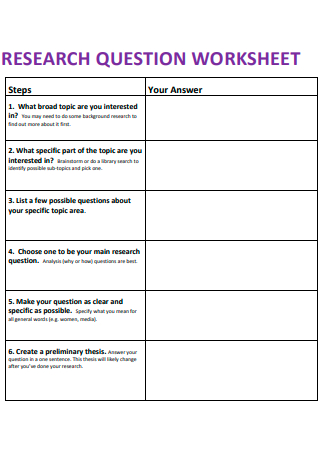
Research Question Worksheet
download now -
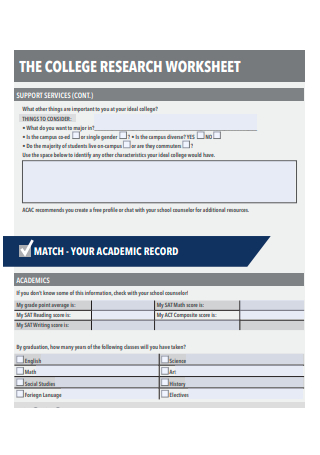
College Research Worksheet
download now -

Research Resource Worksheet
download now -

Research Paper Process Worksheet
download now -
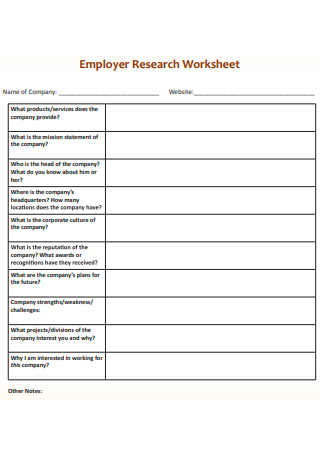
Employer Research Worksheet
download now -
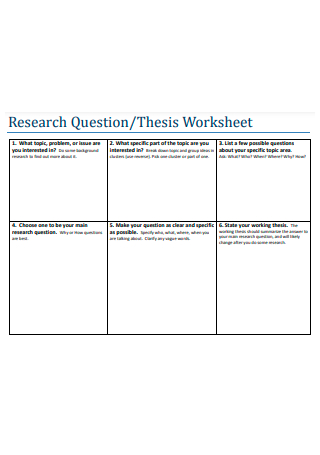
Research Question Thesis Worksheet
download now -
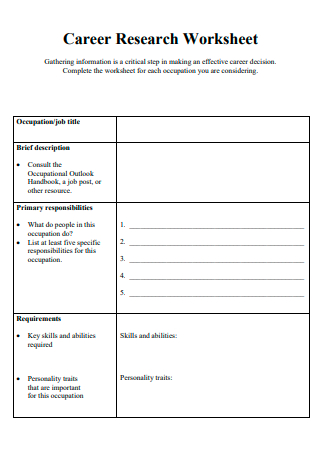
Career Research Worksheet
download now -
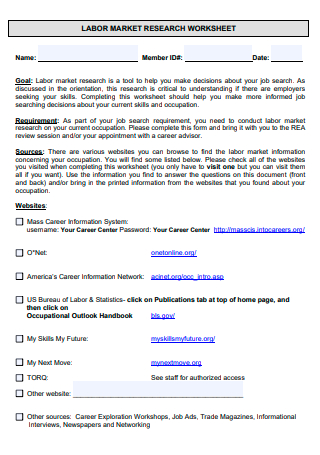
Labor Market Research Worksheet
download now -
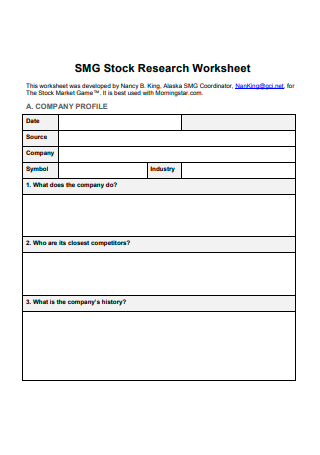
Stock Research Worksheet
download now -

College Rankings Research Worksheet
download now -
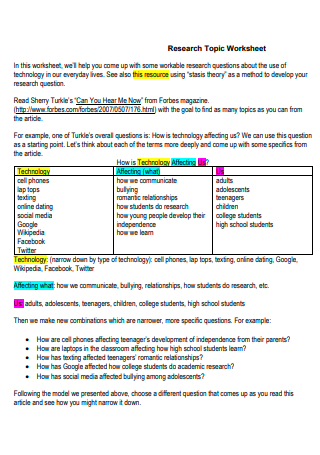
Research Topic Worksheet
download now -
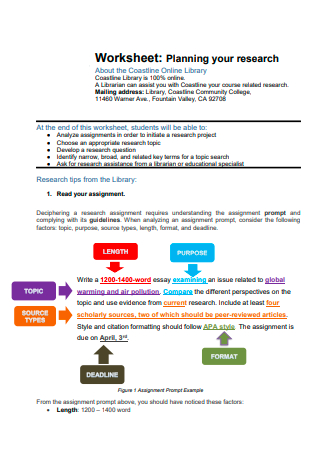
Research Worksheet Planning
download now -
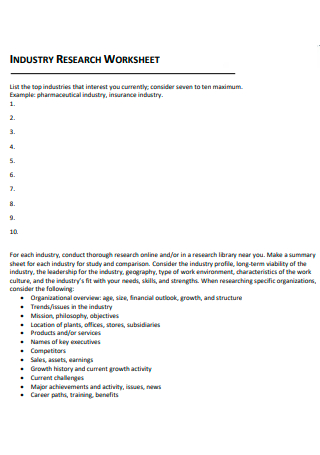
Industry Research Worksheet
download now -
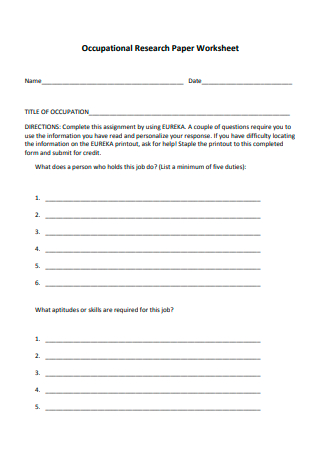
Occupational Research Paper Worksheet
download now -
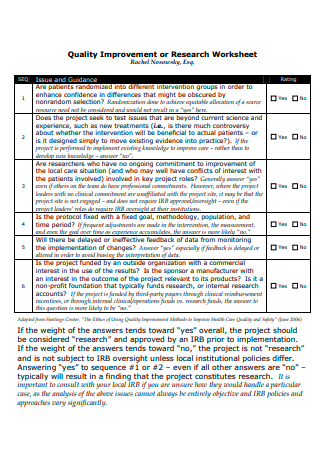
Quality Improvement or Research Worksheet
download now -
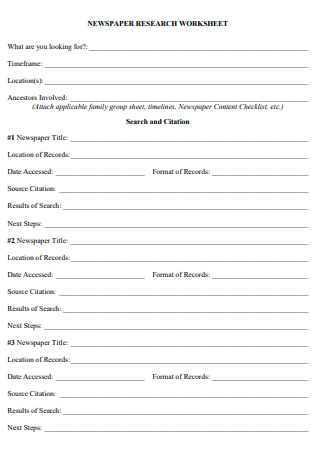
News Paper Research Worksheet
download now -
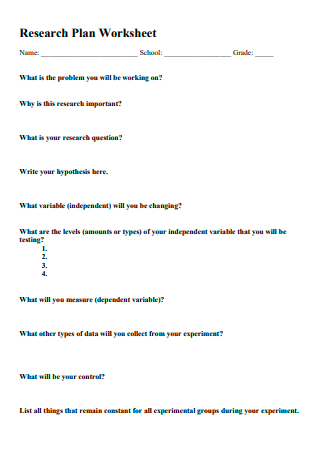
Research Plan Worksheet
download now -
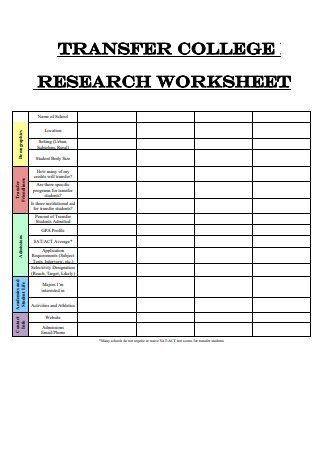
Transfer College Research Worksheet
download now -
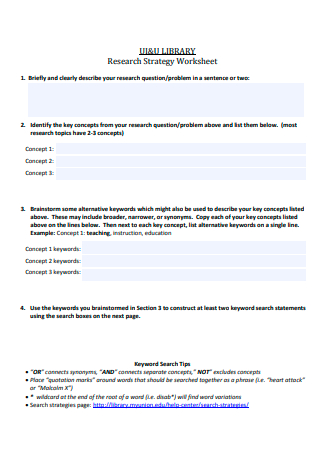
Research Strategy Worksheet
download now -

Author Biography Research Worksheet
download now -

Research Expense Tax Credit Worksheet
download now -
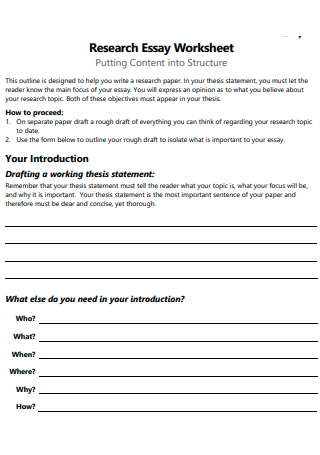
Research Essay Worksheet
download now -

Research Worksheet Example
download now -
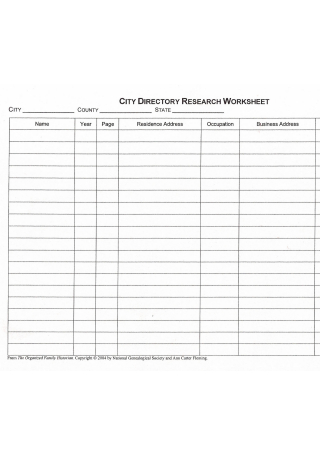
Directory Research Worksheet
download now -
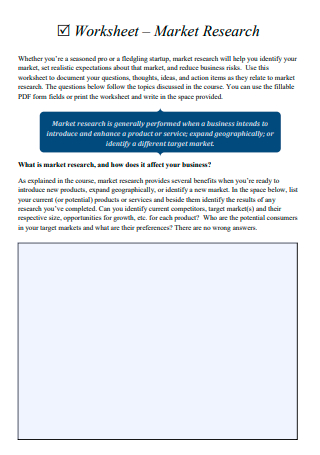
Market Research Worksheet
download now -
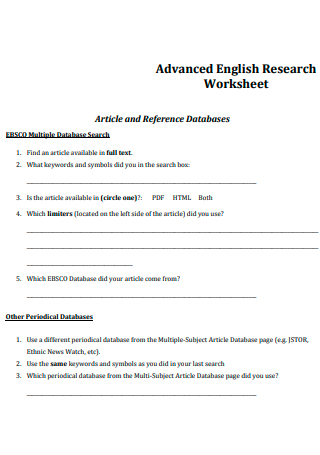
Advanced English Research Worksheet
download now -
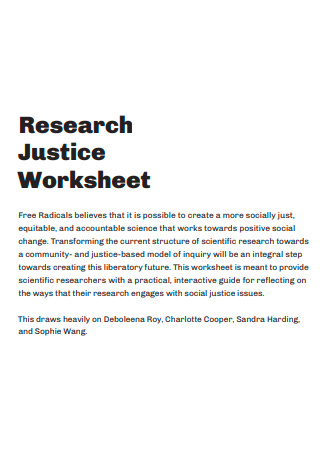
Research Justice Worksheet
download now -
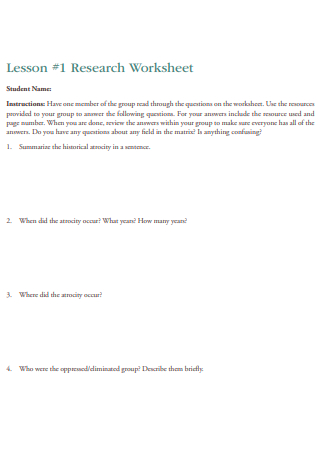
Lesson Research Worksheet
download now -
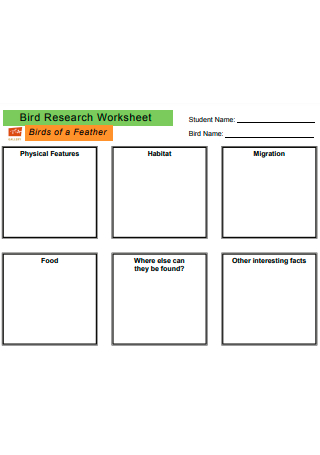
Bird Research Worksheet
download now -

Musical Artist Research Worksheet
download now -
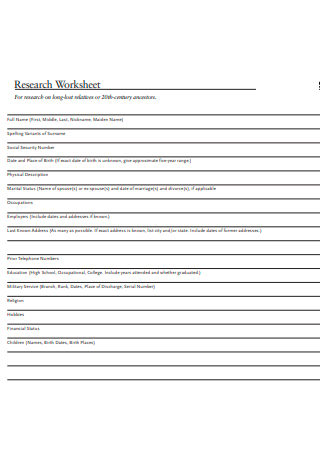
Basic Research Worksheet
download now -
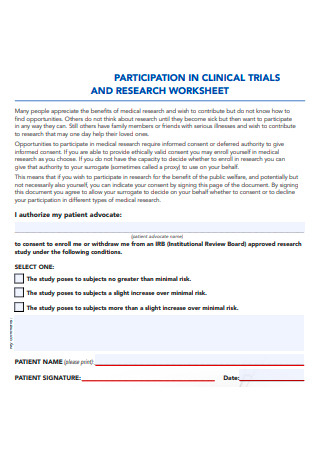
Participation in Clinical Trails and Research Worksheet
download now -
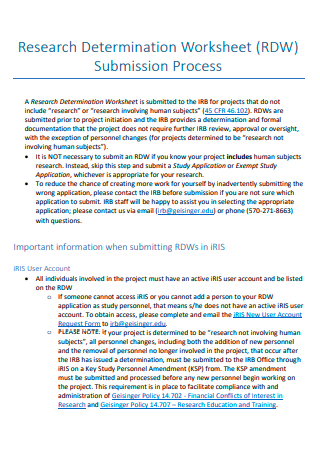
Research Determination Worksheet
download now -
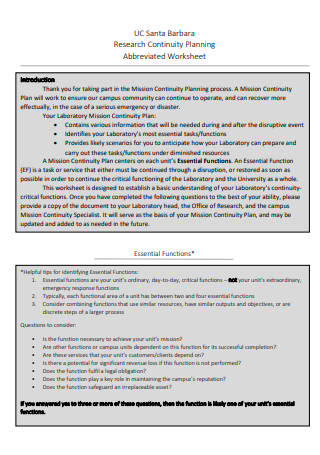
Research Continuity Planning Abbreviated Worksheet
download now -
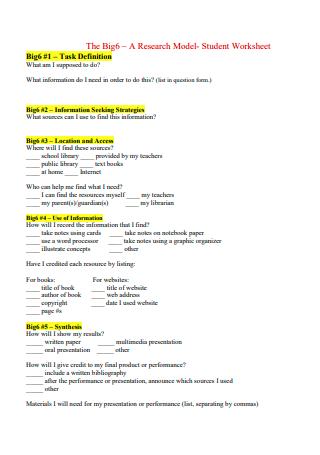
Research Model Student Worksheet
download now -
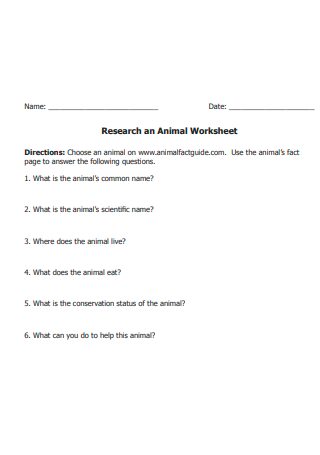
Research Animal Worksheet
download now -
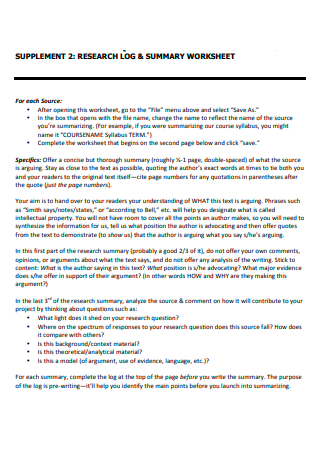
Research Log and Summary Worksheet
download now -
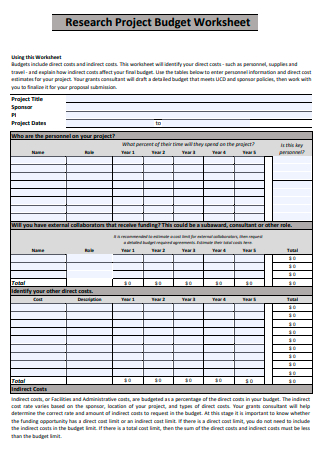
Research Project Budget Worksheet
download now -

Research Dissemination Roadmap Worksheet
download now -
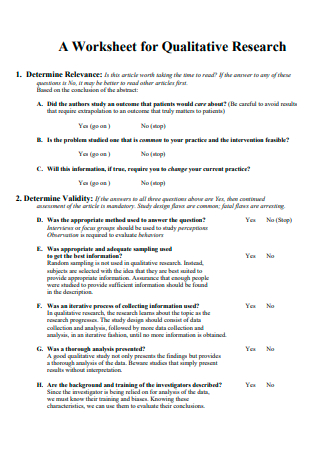
Qualitative Research Worksheet
download now -
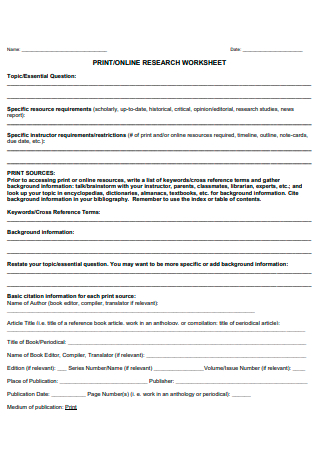
Online Research Worksheet
download now -
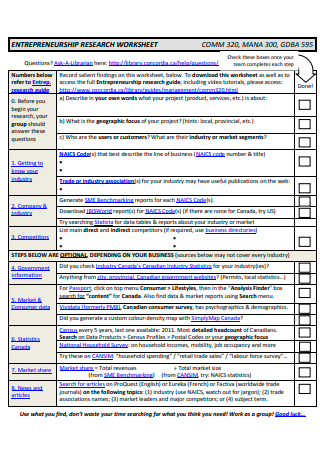
Entrepreneurship Research Worksheet
download now -

Research Log Worksheet
download now -
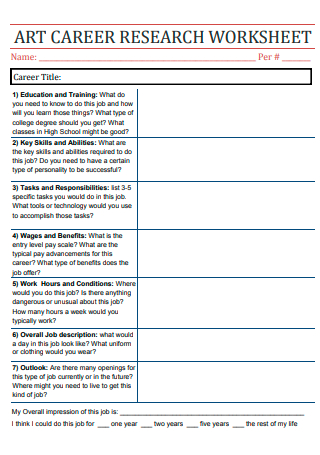
Art Career Research Worksheet
download now -
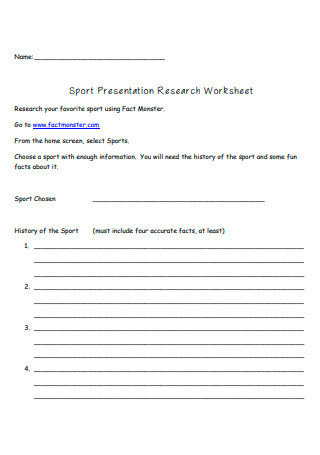
Sport Presentation Research Worksheet
download now -
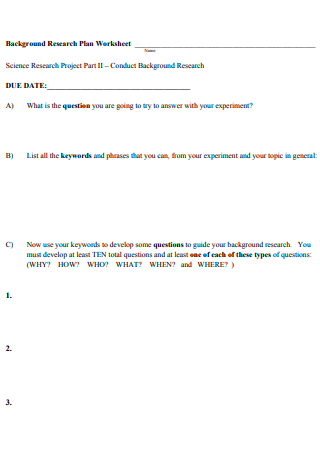
Background Research Plan Worksheet
download now -

Research Project Aim Development Worksheet
download now -
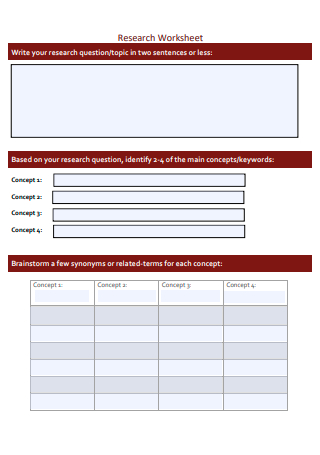
Formal Research Worksheet
download now -
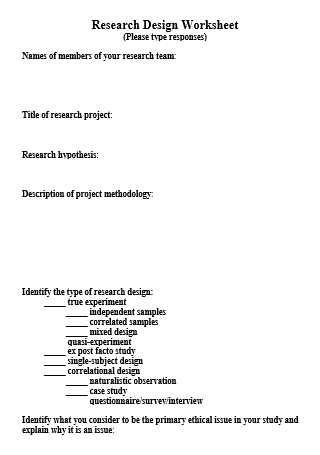
Research Design Worksheet
download now -
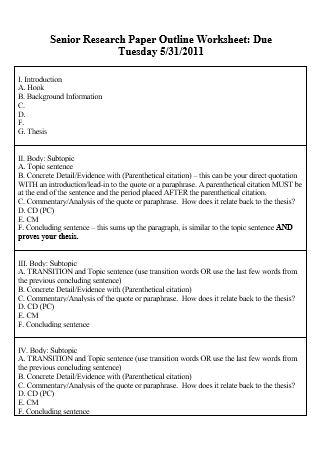
Senior Research Paper Outline Worksheet
download now -
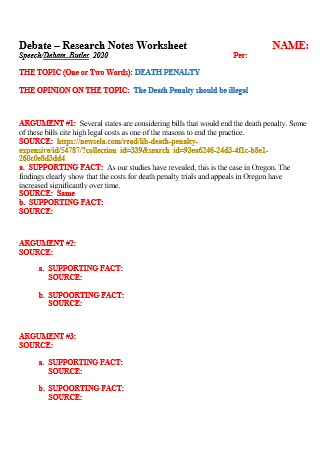
Research Notes Worksheet
download now
FREE Research Worksheet s to Download
50+ Sample Research Worksheet
What Is a Research Worksheet?
General Research Tips For Students and Teachers
Tips For Designing Research Worksheets
How to Create a Research Worksheet
FAQs
What is a research worksheet?
How do you do research in middle school?
How do you teach a high school research paper?
What Is a Research Worksheet?
A research worksheet is an activity sheet that students and professionals alike can use to organize and summarize their research. Research worksheets typically contain guide questions and other curated content for the purpose of promoting learning and comprehension.
According to an article published by Medium, worksheets can be very effective as a learning tool for kids, especially younger ones. Various studies and research encourage parents to consider the benefits of worksheets that are designed specifically for kids. One of the major benefits is an effective methodology that the use of worksheets seek to promote. It facilitates learning and reinforces experiential education.
General Research Tips For Students and Teachers
Research is a basic and fundamental skill that all students learn in school. And the skill is not only useful for school children, but research and development is key in the professional world too. Whether you are a student, teacher, public servant or corporate worker, these simple research tips can help optimize your pursuit of learning and knowledge.
Tips For Designing Research Worksheets
If you are tasked to create a research worksheet, there can be many ways to design it. The format and content, of course, will depend on the subject and needs of your audience. But there are innovative ways to turn an otherwise ordinary worksheet into something creative and engaging. Keep in mind the following tips below the next time you need to create a worksheet.
How to Create a Research Worksheet
To create a research worksheet, you need to adequately assess the data and resources available to you. If you are looking for predesigned templates, you can easily download a free sample from the collection above. Once you have selected the appropriate template, simply follow the steps below.
Step 1: Screen the Content
In order to begin crafting a research worksheet, you first need to ensure that the topic and its content are grade-level appropriate. The worksheet is essentially an activity sheet where the student or participant will have to engage in. As the facilitator or instructor, you have to make sure that the instructions, questions and other content are comprehensible and suitable to their level. For instance, a 5th grade student should be presented with an age-appropriate worksheet, not a sheet that is too basic or too advanced for their grade level. Ideally, a high school student ought to receive a research worksheet that is suitable but challenging enough to make him think critically. Giving an adolescent a middle school level worksheet may be too simple or easy for him or her.
Step 2: Design the Format
When designing your research worksheet, it needs to match the needs and comprehension level of your audience. If your worksheet is geared towards preschool children, using a format that is too complex or indirect could prove to be difficult for them. It is crucial not only to use age-appropriate content and instructions, but the right format as well. You can utilize more pictures, bolder texts and colors for younger children. For higher level education, employing more diverse instruction (e.g., essay, multiple choice) can help college and high school students exercise their cognitive abilities and stretch their mental capacities.
Step 3: Ask the Questions
A research worksheet is supposed to serve as a guide for students or even professionals. So coming up with the appropriate guide questions is critical. Once you have decided on a format, you can proceed to drafting the questions. As much as possible, you want to maintain a logical flow even when you are arranging the questions. Make sure that your student can comprehend the instructions and the language is clear enough. The number of questions will depend on you. Some research worksheets are simple one-page forms; while others can reach several pages long.
Step 4: Seek Consultation
Once you have come up with a complete set of questions, the next step is to seek proper consultation and approval. The review stage is a critical phase. And depending on the process and procedures of the school, teachers are often subject to assessment- especially when it comes to their lesson plans and classroom instruction. For most professors and instructors, a thorough and sound evaluation of the research worksheet is required. The process can either be a standard peer-review or a simple consultation meeting with an immediate head. It is not only worksheets that need to be reviewed and approved, any academic resource material such as a syllabus, handout or an exam are typically subject to the same scrutiny.
FAQs
What is a research worksheet?
A research worksheet is an activity sheet that provides guided instructions or questions to help a student or even a non-student comprehend better a given topic.
How do you do research in middle school?
For young students who are either in middle school or junior high school, research can be a daunting task. It helps to have a plan or outline of how you want to approach your research topic. The tips mentioned above might also be useful. Lastly, do not hesitate to ask for help from teachers or fellow classmates too if you need it.
How do you teach a high school research paper?
For teachers, it may be helpful to offer your students a research worksheet containing guide questions to help them understand a research paper or topic better. It takes preparation but the handout can help students comprehend the main ideas post-discussion.
There is no doubt research worksheets can help individuals learn better and comprehend faster. If you are looking to create your own worksheet but don’t have the time to do so, use any of the editable templates above to get the job done in no time! Choose a template that works for you and get started today!
